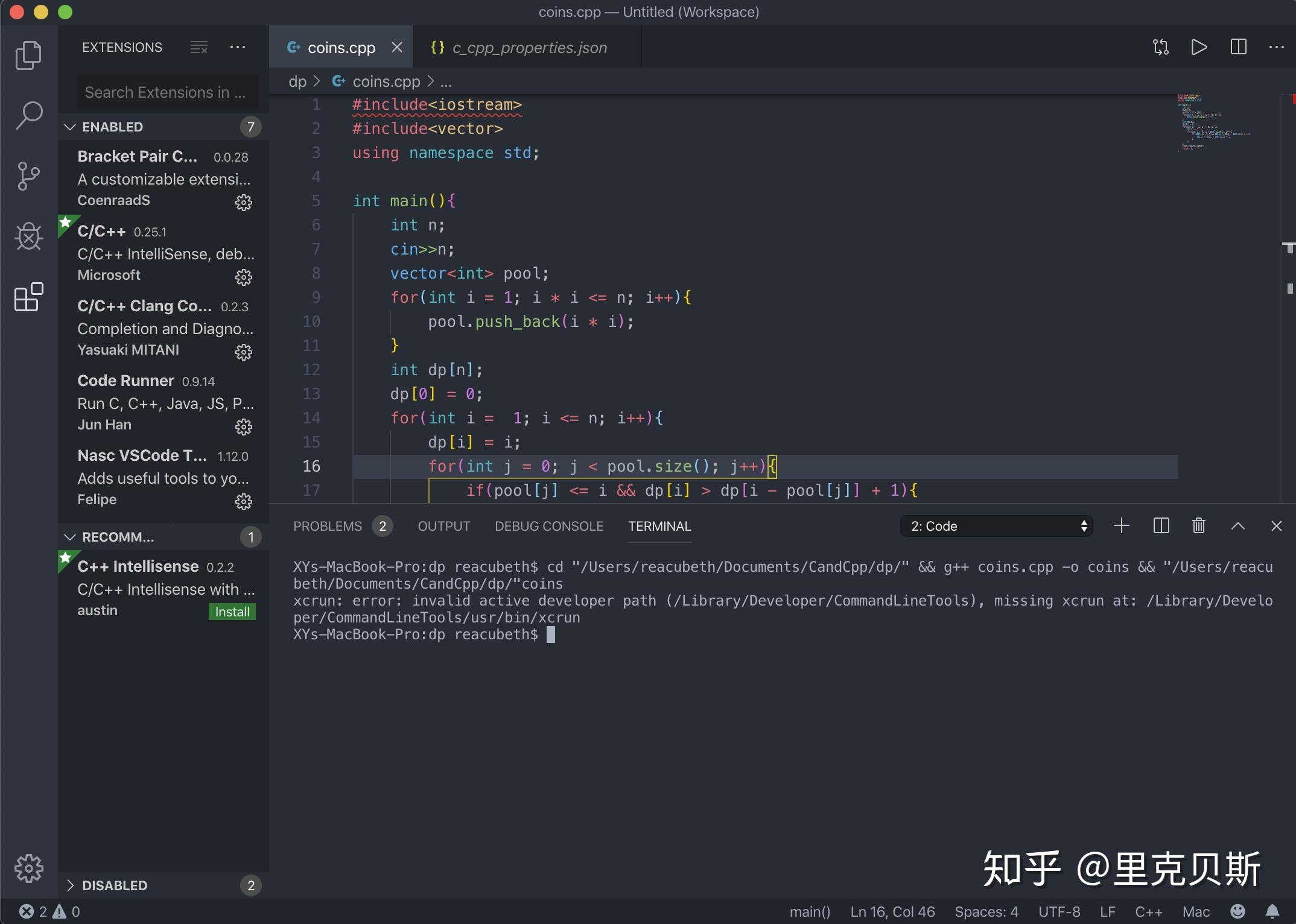Catalina Brew Install
The Homebrew install command will install the basic Xcode Command Line Tools that it needs. However, I recommend the full install, especially if you’re running Catalina. To do this, you can run the following command from the Terminal. Xcode-select -install Install Homebrew. The following command will install Homebrew.

Installing Homebrew. First, we need to install Homebrew. Homebrew allows us to install and compile software packages easily from source. Homebrew comes with a very simple install script. When it asks you to install XCode CommandLine Tools, say yes. Open Terminal and run the following command. I'm trying to install Wine on my Mac via Brew. I'm using Catalina and just updated brew, installed XQuartz and have Xcode installed. When I type the command 'Brew install wine' it returns the following: Error: No available formula with the name 'wine' Searching for a previously deleted formula (in the last month). Homebrew (brew) is a free and open-source package manager that allows installing apps and software in macOS, depending on the user’s desire. It has been recommended for its simplicity and effectiveness in saving time and effort. Its famous description is “The missing package manager for macOS”.
Quick Links
Have you tried to use Telnet on MacOS only to find out it wasn’t there?You’re not alone, many have been disappointed to find out that Telnet hasbeen removed from modern versions of the system software starting fromMacOS Mojave and newer. These instructions will work for MacOS Mojave andnewer, I happen to be running Big Sur and this is what I did to get Telnetback.
Installing Telnet on MacOS with Homebrew
First I would like to mention that there is an easier route, that is usingHomebrew. I see a lot about it and many people seem happy with it but I havean aversion to putting it on my machine. If you don’t already have Homebrewon your machine, navigate over to the brew website and followthe installation instructions. I would caution against following themexactly though for security purposes. I would do it like this instead:
Open and inspect the install.sh script to see what it does and make sure you feelcomfortable running it on your machine. And then run it.
After installing Homebrew, install Telnet
Installing Telnet on MacOS by Building Telnet from Source
This was the method I used. There are some prerequisite steps though, if youdon’t already have them you’ll need to install the MacOS command line tools.
Step 1: Installing the command line tools
Open a terminal and enter the following line, you’ll then be shown a pop upprompt.
Click install when the prompt pops up.
After that you’ll be shown a license which you’ll have to agree to in orderto install.
After that you’ll see the download progress and the install will happenafter that. Unfortunately I forgot to get screen shots of the followingmessage boxes.
Step 2: Getting the Telnet source
For this step you’ll be getting the GNU network utilitiesnavigate to the download pageand find the latest source. At the time I’m writing this it’s 1.9.4:
Step 3: Extract the source
Step 4: Configure and build
Now that the source is extracted change into the directory:


Run the configure command:
Mac Catalina Install Brew
Run the make command to build:
Macos Catalina Brew Install
And then install:
Either way you choose is fairly easy, the build for this is pretty straightforward and was very quick. I don’t think it even took me 10 minutes tobuild and install.